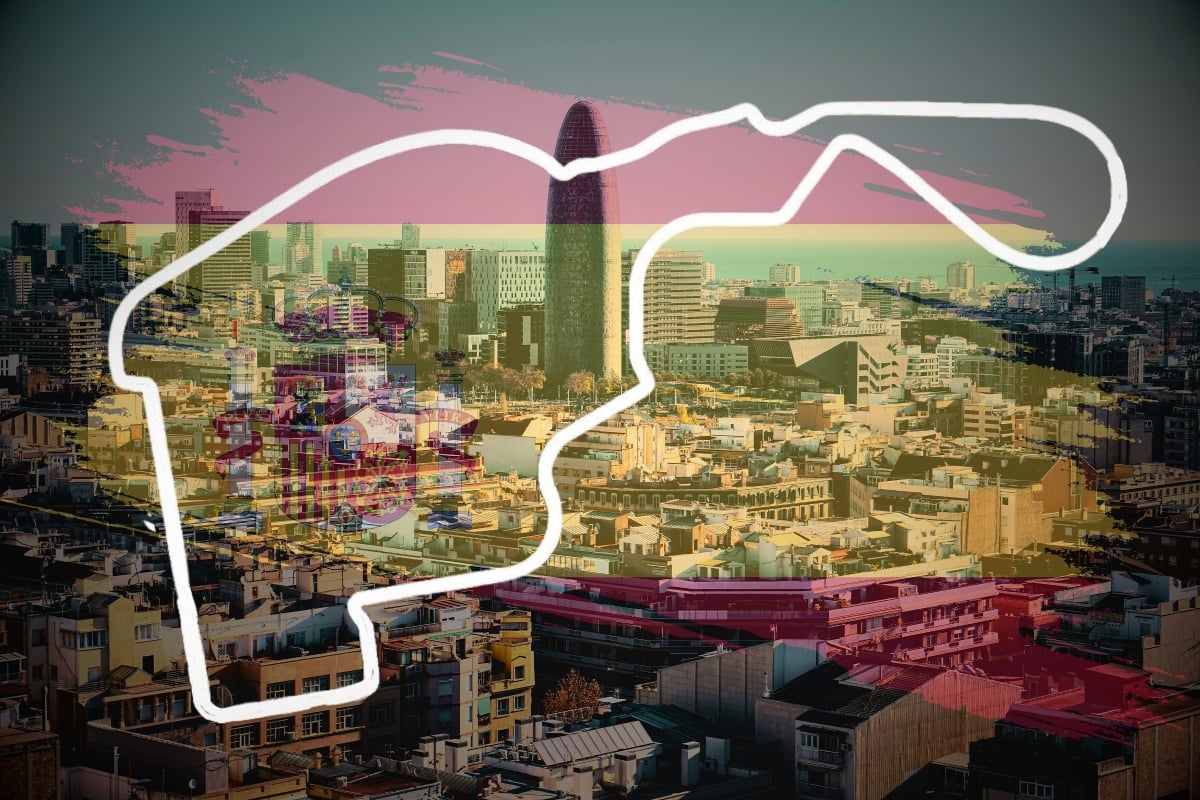Madrid Grand Prix Officially Confirmed for 2… read more
The Formula 1 calendar for the 2026 season has now been officially confirmed, bringing with it the highly anticipated debut of a brand-new race in Spain’s capital city, Madrid. This significant addition marks a major shift in the Spanish Grand Prix’s legacy, as the event moves away from its long-time home at the Circuit de Barcelona-Catalunya. While Barcelona remains on the schedule for now, it will no longer host the official Spanish Grand Prix, which is set to make its thrilling debut in Madrid next year.
Scheduled for September 13, 2026, the Madrid Grand Prix will serve as round 16 of the 24-race F1 calendar. This places it between the Italian and Azerbaijan Grands Prix. The race will take place on a newly designed 5.47-kilometre street circuit that promises to deliver excitement, speed, and spectacle, right in the heart of Madrid’s vibrant Barajas district. Notably, this new layout will wind around the prestigious IFEMA convention centre, only five minutes from Adolfo Suárez Madrid–Barajas Airport and just 16 kilometres from the city centre.
The switch from Barcelona to Madrid as the host of the Spanish Grand Prix is not just geographical—it’s also symbolic of Formula 1’s continued push towards modernity, sustainability, and urban spectacle. Though Barcelona still features on the 2026 schedule, it is uncertain whether it will continue in future seasons, as its current contract expires at the end of that year. It remains to be seen whether Spain will feature two races moving forward or if the Madrid Grand Prix will completely replace the Catalan circuit.
Madrid’s race weekend is expected to captivate fans with a unique blend of high-speed drama and technical driving challenges. The circuit includes 20 corners, four potential overtaking zones, and an average speed of 218 km/h, with qualifying lap times projected to hover around 1 minute and 32 seconds. The start/finish line is positioned in front of the Paddock Club on Ribera Del Sena—a long straight where drivers will build serious speed before hitting the brakes hard as they approach the Valdebebas Tunnel.
Once through the tunnel, competitors will tackle a fast right-hander known as the Valdebebas Curve, followed by a series of tight and technical corners that weave through Madrid’s landmarks and urban landscape. The layout is designed to push drivers to their limits, combining elements of high-speed performance with the intricacies typical of a street circuit. It promises to be a spectacle for fans both on-site and watching around the world.
The introduction of the Madrid Grand Prix also triggers a notable reshuffling of the 2026 F1 calendar. In order to make room for Madrid, Imola has been removed from the schedule. Meanwhile, the Canadian and Monaco Grands Prix have switched places in the lineup, a decision driven by environmental considerations to optimize the global travel footprint of the sport.
For the second consecutive year, the F1 season will begin in Melbourne, Australia, followed by races in China, Japan, Bahrain, and Saudi Arabia, before transitioning to North America and then Europe. With the Madrid GP now confirmed, 2026 is shaping up to be a landmark season for Formula 1, combining historic circuits with cutting-edge new venues.
While the Madrid circuit still requires official FIA homologation before it can host the event, preparations are well underway. A construction license has already been granted, and the city’s Mayor has expressed strong support for the project. With excitement building and groundwork beginning, Madrid is poised to become one of the most iconic stops on the F1 calendar starting next year.




